The Canon 5DS R launched in 2015 and is still (9 years later) a very capable camera for specific use cases, including landscape, studio, architectural, documentation and forensic photography.
I recently switched from the Canon mirrorless system to this camera, as I found it aligns well with my methodical approach to photography, while the advertised advantages of newer mirrorless models do not translate to a meaningful improvement in my particular style of work.
Table of contents
Specifications
The only difference between this camera and the simultaneously launched Canon 5DS is that the Canon 5DS R does not feature an AA (Anti-Aliasing) filter in front of the sensor, which translates to a sharper image. The AA filter, also known as an optical low-pass filter, is used in most digital cameras and introduces a slight blur to images to prevent aliasing effects like Moiré patterns. These patterns occur when fine textures or repeating designs are sampled at frequencies close to the pixel grid of the sensor. By eliminating this filter, the 5DS R is more prone to such occurrences, which can sometimes be corrected by adjusting the point of view, changing the focal length, or using an editing program with tools specifically designed for aliasing removal. Additionally, the lack of an AA filter will occasionally cause slight white balance shifts.
It features a 50.6-megapixel CMOS sensor that produces images with a resolution of 8688 x 5792 pixels. Depending on color information, the average RAW file size is around 65 MB. Therefore, for a 5-shot bracket with 2-3 additional images, the total file size is expected to be approximately 500 MB.
The ISO range of the Canon 5DS R is 100-6400 (50-12800 with the expanded speed setting, which can be activated in the custom functions). For lower ranges, noise is not an issue and by using modern noise reduction software, high-quality images with increased ISO values are possible. For noise reduction software relying on AI algorithms, the stage where noise reduction is applied in the workflow is flexible and depends on your preference.
In terms of shutter mechanism, the Canon 5DS R features a soft-touch electromagnetic release with a vertical metal focal plane. This design helps suppress blurring caused by camera shake from the mirror movement. However, it is still recommended to use mirror lockup or live view shooting when using slow shutter speeds to further minimize any potential blurring. The shutter speeds range from 1/8000 to 30 seconds, including Bulb mode. The camera also features an internal intervalometer and bulb timer. The maximum frame rate for continuous shooting is 5 FPS, which remains respectable given the intended use cases.
In terms of autofocus, the Canon 5DS R features a 61-point (41 of which are cross-type) system which is robust, but does not match the complexity of current mirrorless cameras, which benefit from subject detection, larger focus areas and significantly higher AF point counts. This camera is well suited for use cases involving slower-moving or stationary objects.
The Canon 5DS R features a large, bright optical pentaprism viewfinder that offers 100% coverage and 0.71x magnification (with a 50mm lens). Compared to the electronic viewfinders found in mirrorless cameras, it provides a more intuitive viewing experience that is not dependent on the power state of the camera or the refresh rate of a small display.
The camera can internally crop images using 1.3x and 1.6x factors. By using the in-viewfinder cropping modes, the camera simulates a focal length extension, similar to using a teleconverter, but with a reduction in image size: 30 megapixels (6768 x 4512) in the 1.3x mode and 19 megapixels (5424 x 3616) in the 1.6x mode. The same results can be achieved during the selection stage in the post-processing workflow, by manually cropping full-size images. The native large image resolution ensures that even with extensive cropping, we are able to deliver detailed, high-quality images.
The Canon 5DS R has one CF type 1 and one SD card slot. It is able to record to both at the same time (for backup purposes) or separate file types onto different cards. It is powered by a LP-E6N rechargeable lithium-ion battery, which is rated for 700 exposures (220 with live view, both approximations being dependent on numerous other factors). For extensive shooting sessions, either multiple batteries or external power bank solutions are recommended.
Video specifications are entirely irrelevant, as this camera was designed primarily for photography.
Perspective
From seeing the specifications, it is clear this camera was created for situations in which the photographer is allowed some preparation time, enabling him to carefully set up the composition and shooting parameters. It is in no way a fast camera, for example, it would not hold up well in a fast-paced professional environment designed for sports cameras.
While newer cameras offer advanced features like extended dynamic ranges, higher signal-to-noise ratios, and improved video capabilities, the Canon 5DS R still remains true to its original purpose: to deliver high-quality, accurate images. Its ability to capture fine details and produce large, high-resolution prints keeps it relevant in the current fast-evolving camera market.
In my opinion, any camera produced in the past decade is more than capable of producing spectacular results, as such, sensor choice is less critical than some may believe. Instead, light conditions, lenses, the overall workflow and more importantly experience are determining factors when it comes to image quality.
The following RAW sample images feature only minimal cropping and perspective correction, with no additional editing applied.
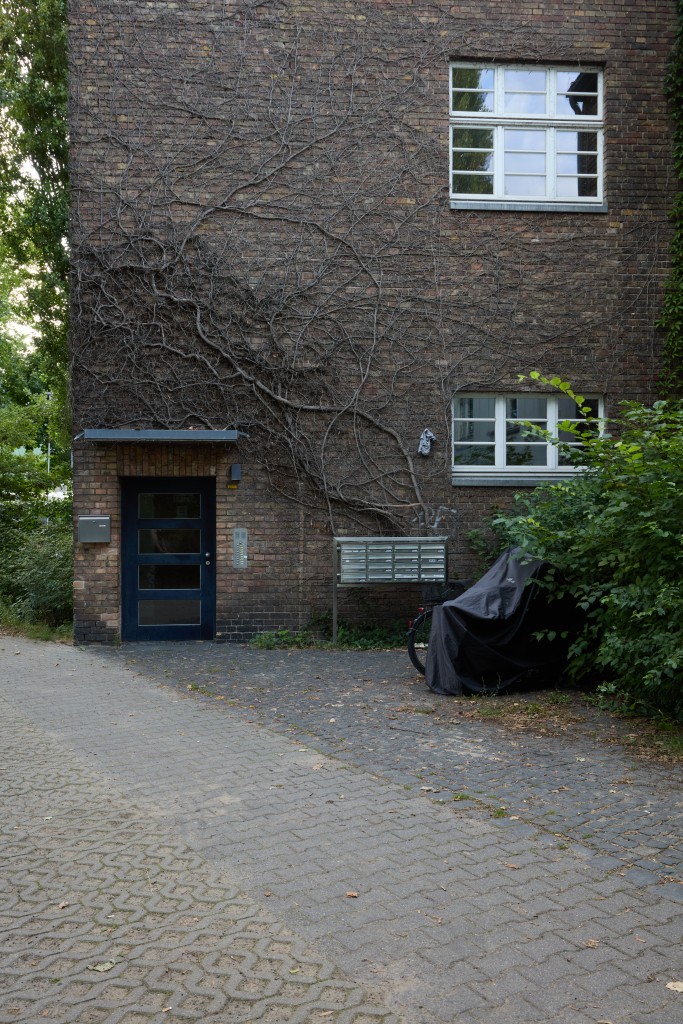
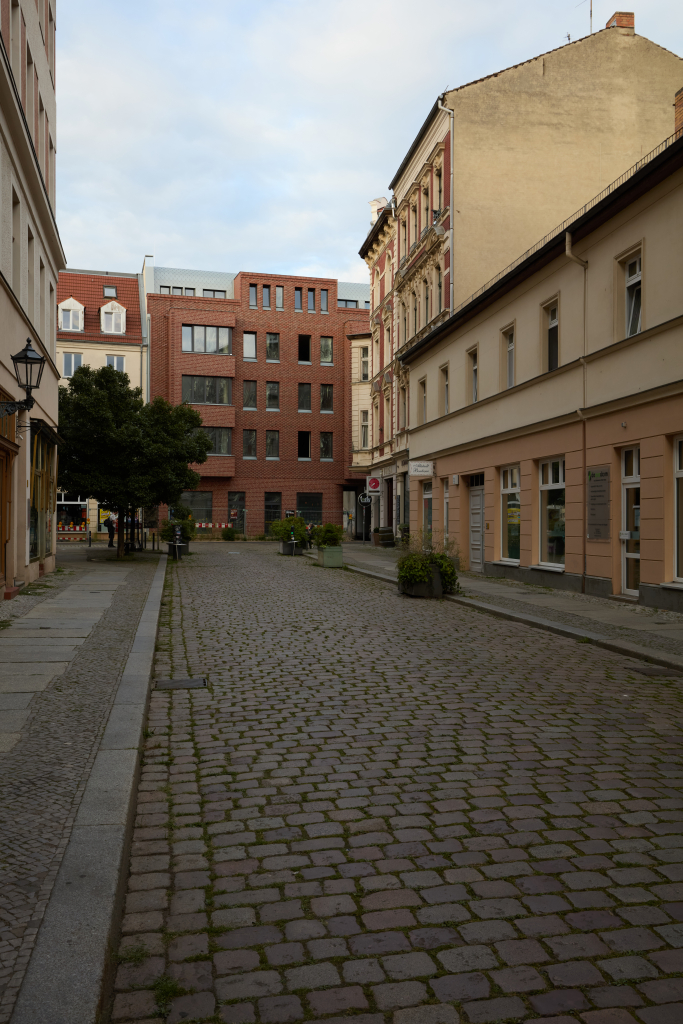
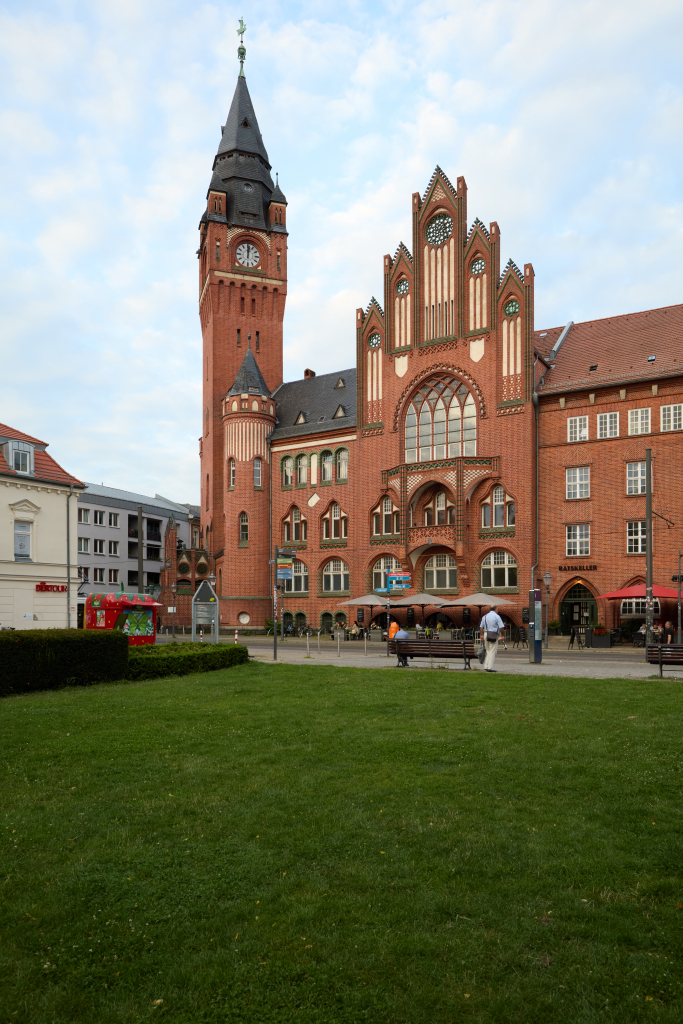
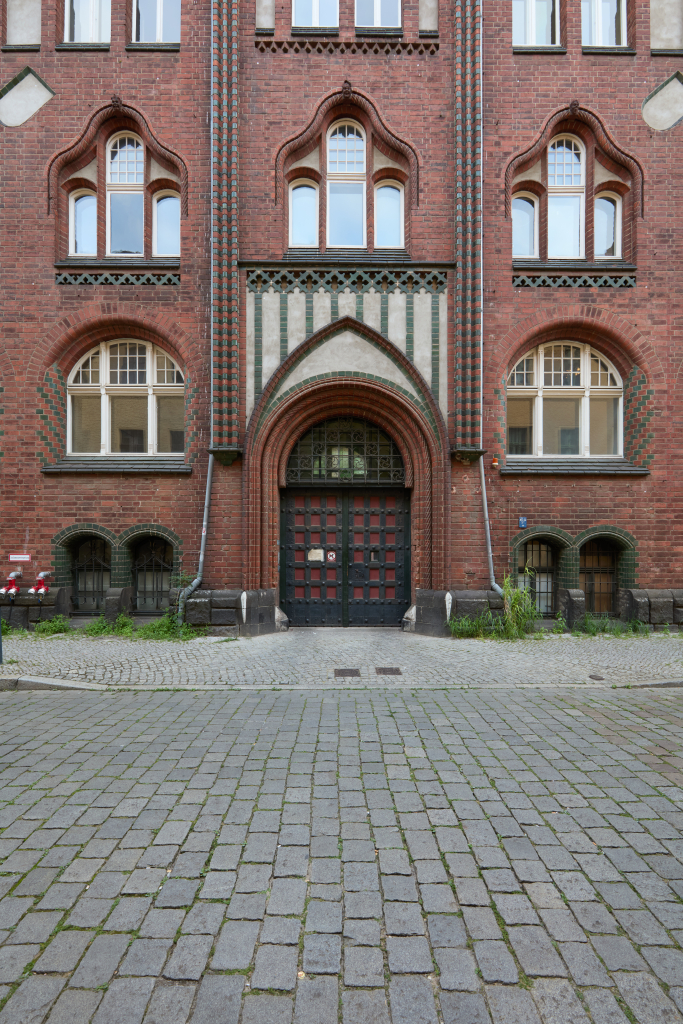
Noise
I found that the Canon 5DS R handles noise very well for a 9-year old, high-resolution DSLR. It produces very clean images at lower ISO values, while at higher values (3200 and above), there is a significant increase in noise, which affects finer details and color accuracy, although the results can still be usable after editing.
The large megapixel count of the camera enables the possibility of noise suppression because down-sampled, high-megapixel images will exhibit less visible noise than lower resolution images shot at the same ISO. When using noise reduction software, a high-megapixel image provides a more accurate sampling area, which can lead to cleaner results with better detail retention.
Generally, noise tends to be more noticeable in uniform image elements, such as skies and walls, and becomes particularly apparent in darker areas of an image. Textured elements, such as foliage, tend to not exacerbate the presence of noise as much, partially masking it.
The following RAW sample images, taken at high ISO values, feature only minimal cropping and perspective correction, with no additional editing or noise reduction applied.
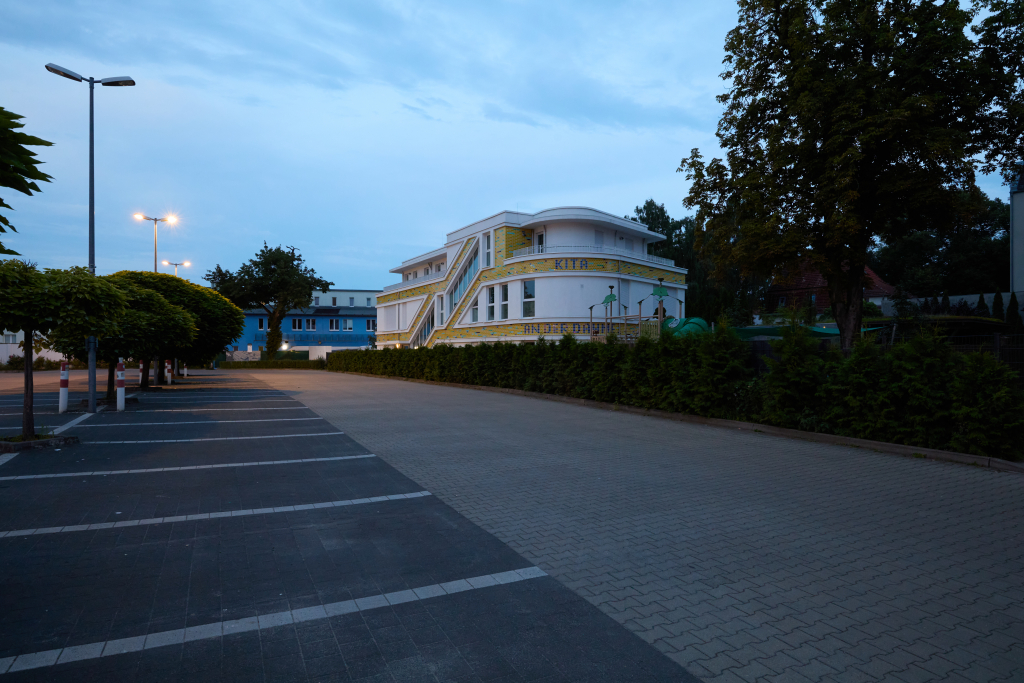

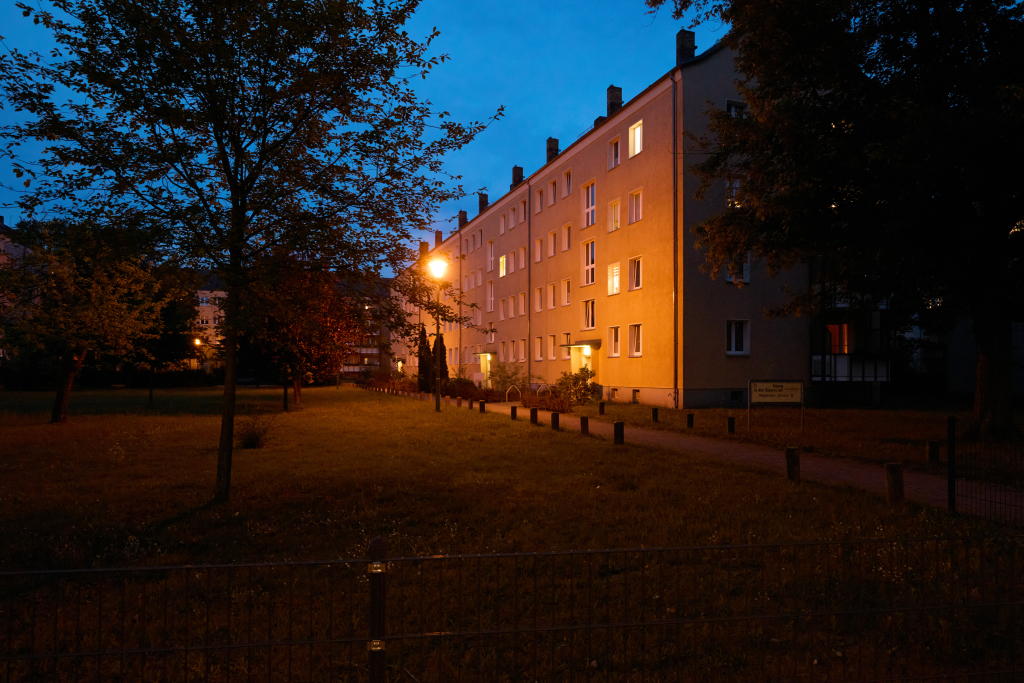
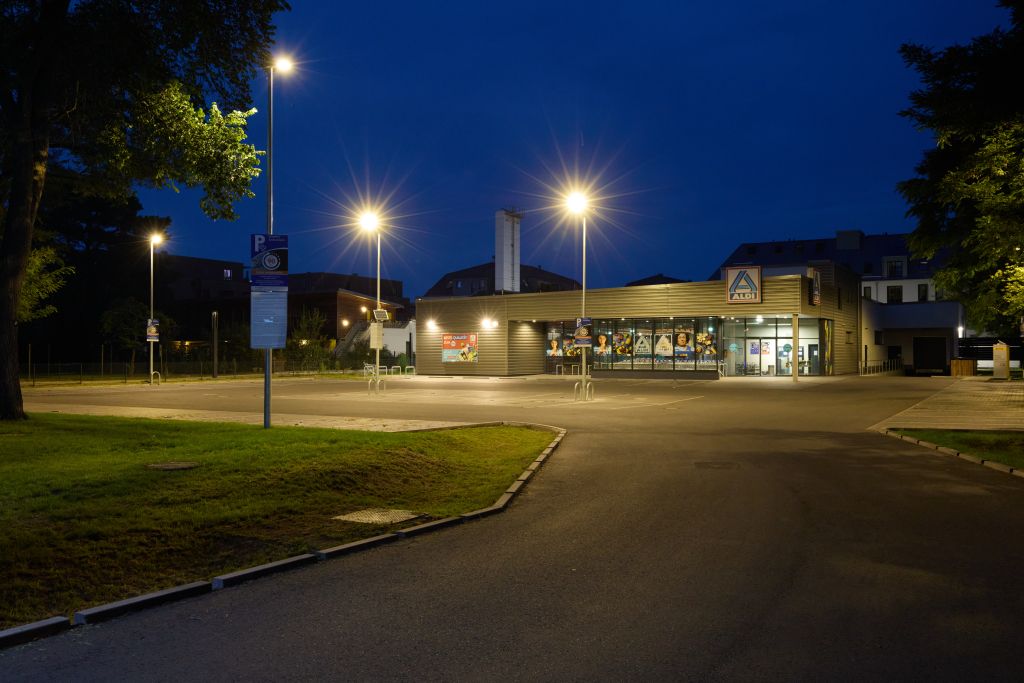
All images in this article are under a CC BY-NC 4.0 license.